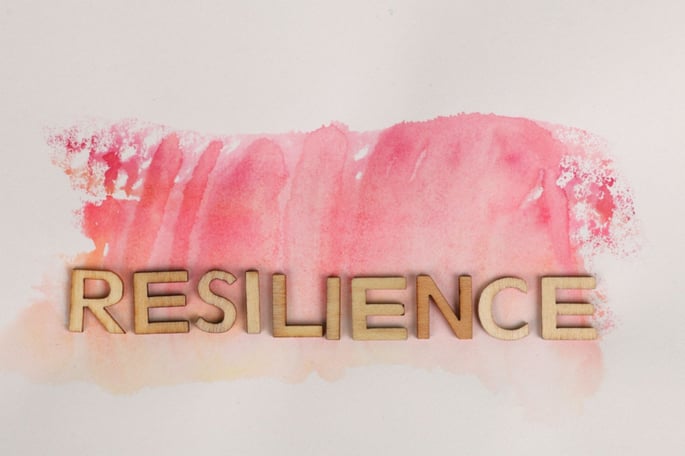Why The Little Engine That Could had it all wrong.
3-minute read
Self talk
In the classic American folktale, a small train engine outperforms larger and stronger engines by repeating the mantra “I think I can, I think I can, I think I can!” as it pulls cargo up and over a mountain range. The moral of the story is clear: we can inspire ourselves to overcome seemingly impossible obstacles through positive ‘self talk.’
It sounds simple enough, but psychologists also know that self-talk is hard. When we are feeling unmotivated, sad, or listless, our brain gives us a steady stream of negative stories:
- “I’m not good enough,”
- “I’m too lazy,”
- ”Remember ten years ago when I messed up a similar project. That’s 100% going to happen again today”*
Muffling the destructive impact of these negative stories and replacing them with positive ones takes a large dose of cognitive energy. Inspiring ourselves can be exhausting.
*quotes from the author’s diary

Be a diva
When we teach our Adaptivity and Resilience workshop to managers and teams all over the world, we stress that the key strategy to bouncing back in difficult times is using easy, small, micro habits. It’s important to start small, because usually when we’re feeling stressed our brain’s are using so many resources that often we can only remember tiny interventions.
One of the easiest ways to get the benefits of self-talk with a fraction of the cognitive energy is by borrowing a self-talk technique most commonly associated with egomaniacs, celebrities, and professional athletes: Talking to yourself in the third person.
A team of researchers wanted to understand what parts of the brain activate when we talk to ourselves in challenging moments. They were especially curious to know if talking to ourselves in the third person vs the first person made a difference in how much energy our brains use up when we try to process a negative story in our heads.
To test this, the research team had participants look at upsetting images or reflect on negative experiences from their lives and describe their emotional state. They discovered that when research subjects talked to themselves in the first person (“I feel sad”) the region of the brain that recognizes our emotions spiked. Saying “I feel sad” was a warning sign to our emotional radar that negative thoughts were in the system. The brain’s emotional regulation system deployed an intense burst of cognitive energy as it fired on all cylinders to bring “sadness” under control.
However, when research subjects talked to themselves in the third person (“Jack feels sad”), there was no spike in the emotional recognition regions of the brain, and yet the emotional regulation system was able to do its job and prevent sadness from dominating the brain. It was the same effect as “I”, but without the energy spent reacting to the sadness. Same outcome, less energy.
Psychologists theorize that it’s because the third person gives us space to treat ourselves like we would treat a friend. We are often our own worst critics. When we talk to ourselves in the third person, we become our own best friends.
So next time you’re feeling down, stressed, tired, burned out, or angry, talk to yourself like you’re Andre Agassi or Elmo. Jack certainly feels like he deserves it. And The Little Engine could’ve made their job so much easier!





